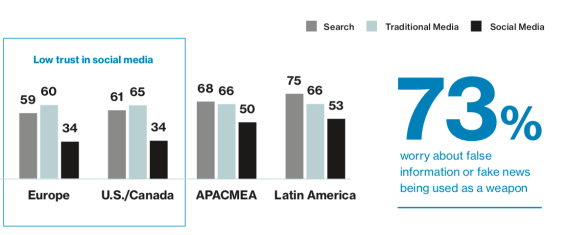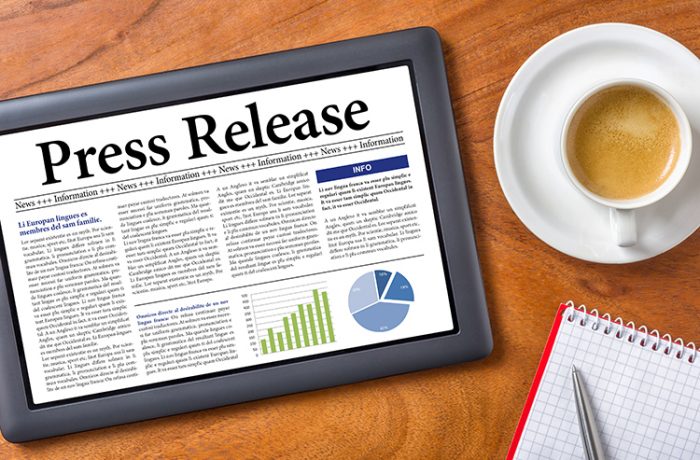In today’s world, technology has massively simplified people’s life: from video-calling applications such FaceTime which make ‘time travel’ possible to job-seeking platforms such as LinkedIn where you can find the job you’ve always dreamed of while lying on the couch.
Having grown up with the Internet and digital devices, I don’t even think my generation and I – I’m a ‘98 – can conceive how life was before it because even if ten years ago there was no such thing as smartphones, people could still send emails and google stuff using a computer.

The fact that our daily life completely changed after the rise of the Internet and technological devices makes people with no access to it a serious problem for society. ‘Digital Divide’, also known as digital split, is a social issue referring to the differing amount of information between those who have access to the Internet, or more specifically to Information and Communications Technologies (ICT), and those who haven’t.
The three main barriers to getting online are:
- Access, due to the affordability of equipment or usage, lack of time, lack of training or disabilities;
- Motivation, due to a too high cost/benefit ratio. Also, there’re people who are simply not interested in entering the digital world;
- Skills and confidence: elderly people tend to find it very hard to learn how to use ICT or are concerned about security.
This issue is global and serious, because some ICT are now vital to quality civic life and the main communication channel for many organizations.
Therefore, bridging the gap is essential to ensure economic equality, because underdeveloped countries with no access to the Internet are undeniably under informed; social mobility, because nowadays having access to a computer plays a central role in the learning process, and, by consequence, in career development; and economic growth, because some kind of technologies may give an organization, city or country competitive advantage.
These are just some of the major arguments which emphasize the importance of bridging the digital divide as soon as possible.
News about people addicted to social media or scandals about privacy breaches are constantly in the mainstream media now, but I believe this issue should be an equally important issue to cover.
***
Let me know your thoughts about that in the comments below!
#digitaldivide #technology #internet #tech #techdevices

 This extraordinary new technology is able to make intangible experiences, such as travelling, tangible. That is why marketers and PR practitioners testing the potential with this experiential and storytelling platform.
This extraordinary new technology is able to make intangible experiences, such as travelling, tangible. That is why marketers and PR practitioners testing the potential with this experiential and storytelling platform.




